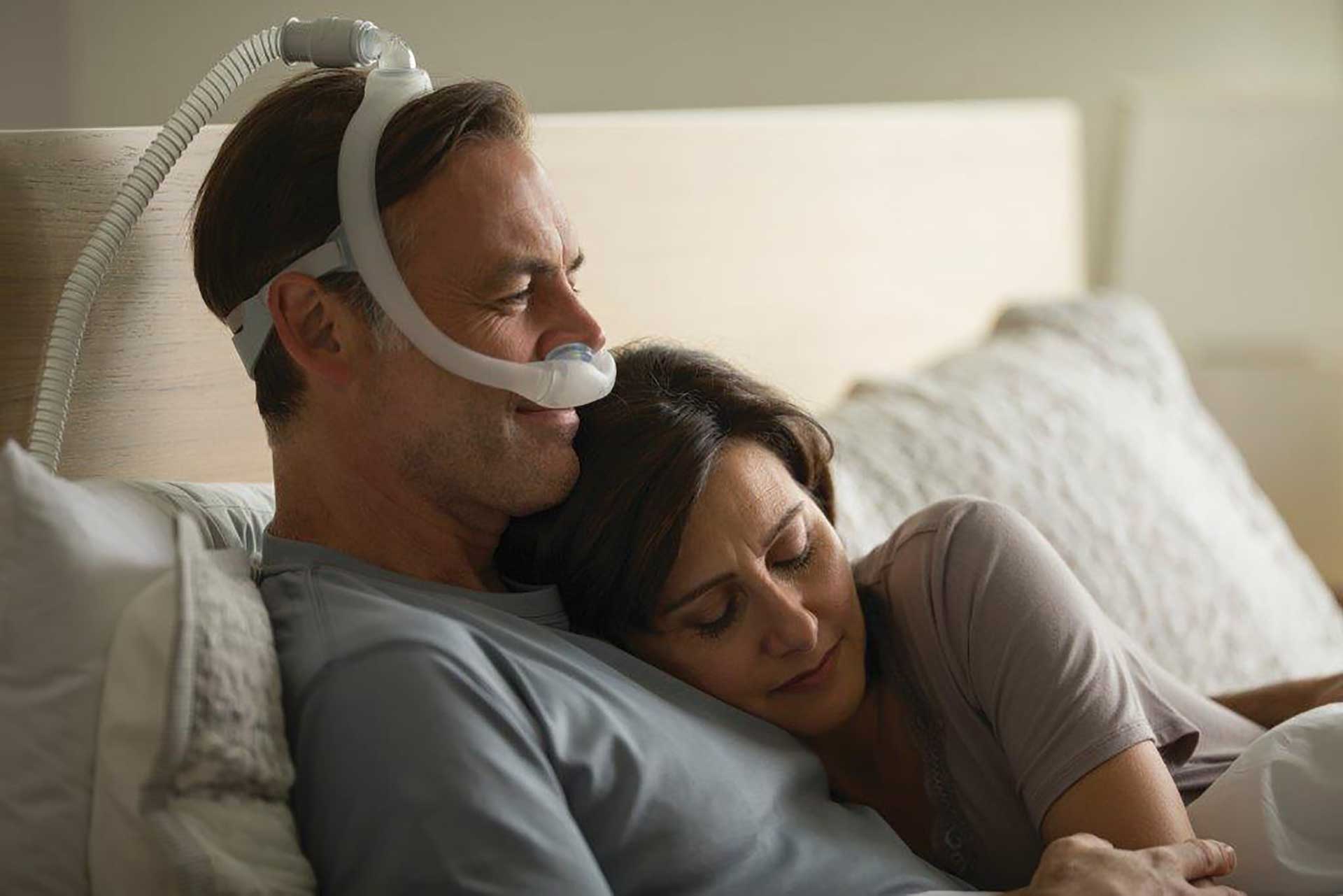What’s the difference between an Auto PAP and a CPAP?
A Continuous Positive Airway Pressure (CPAP) machine delivers therapy at one fixed pressure. An Automatic Positive Airway Pressure (Auto PAP) machine is an auto-adjusting pressure device that delivers therapy over a preset high and low pressure. The Auto PAP algorithm works by sensing a patient’s breathing. With each breath, the Auto PAP can automatically adjust its pressure with the goal of delivering the lowest possible effective pressure for the patient.
Why choose an Auto PAP?
An Auto PAP has many practical advantages. According to The American Association of Sleep Technologists, a lot of people with allergies will usually use an Auto PAP. As a patient’s congestion fluctuates hourly, nightly, and from season to season, the Auto PAP can adjust therapy pressures accordingly.
Auto PAP machines can benefit patients that experience frequent airway pressure changes throughout the night. In scenarios where a patient’s breathing pattern is variable, an Auto PAP can be an ideal solution.
Sleep Doctor Knows Best
Despite its advantages, Auto PAP therapy is not always the right fit for everyone. The American Association of Sleep Technologists say that patients with chronic heart failure, central Sleep Apnea, or obesity hypoventilation syndrome should avoid using an Auto PAP. The Auto PAP’s algorithm may not be suitable to treat these conditions. A more advanced breathing device may be required.
Also, some patients may just not like the feeling of variable pressure therapy and would prefer a fixed pressure. The good news is that most Auto PAPs can be set to CPAP mode.
As with all medical advice, make sure to discuss everything with your sleep doctor before making any final decisions. Your doctor will help you find the right therapy for your unique sleep needs.
Take a look at some of the Auto PAPs we offer:
Check in with the QDME Journal for new blogs and interesting topics!

Follow Us to learn even more!



